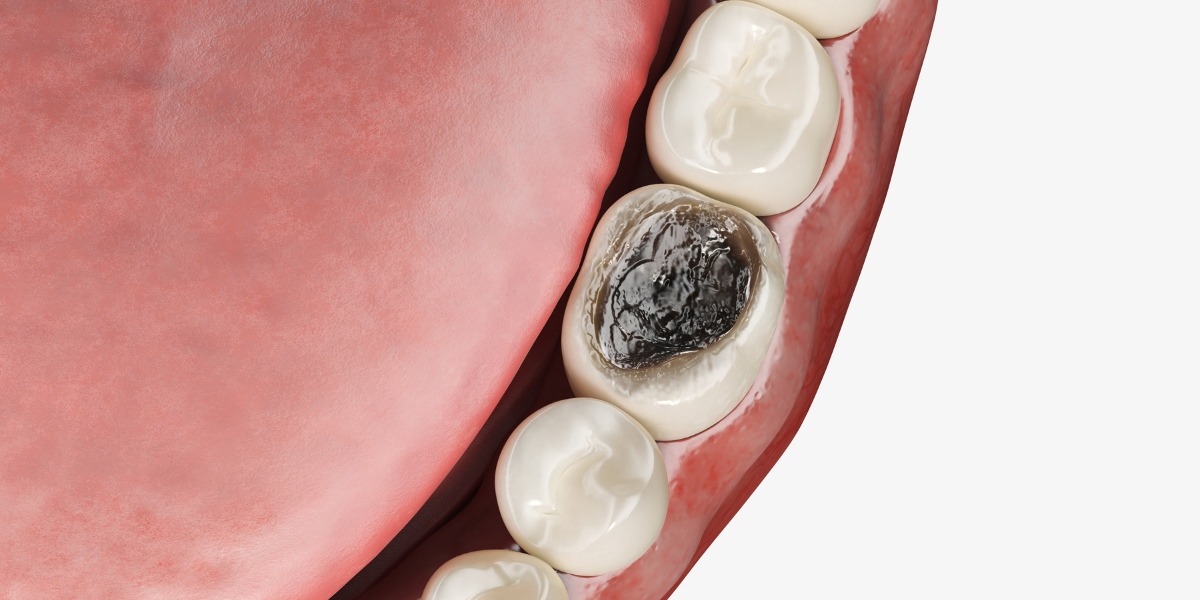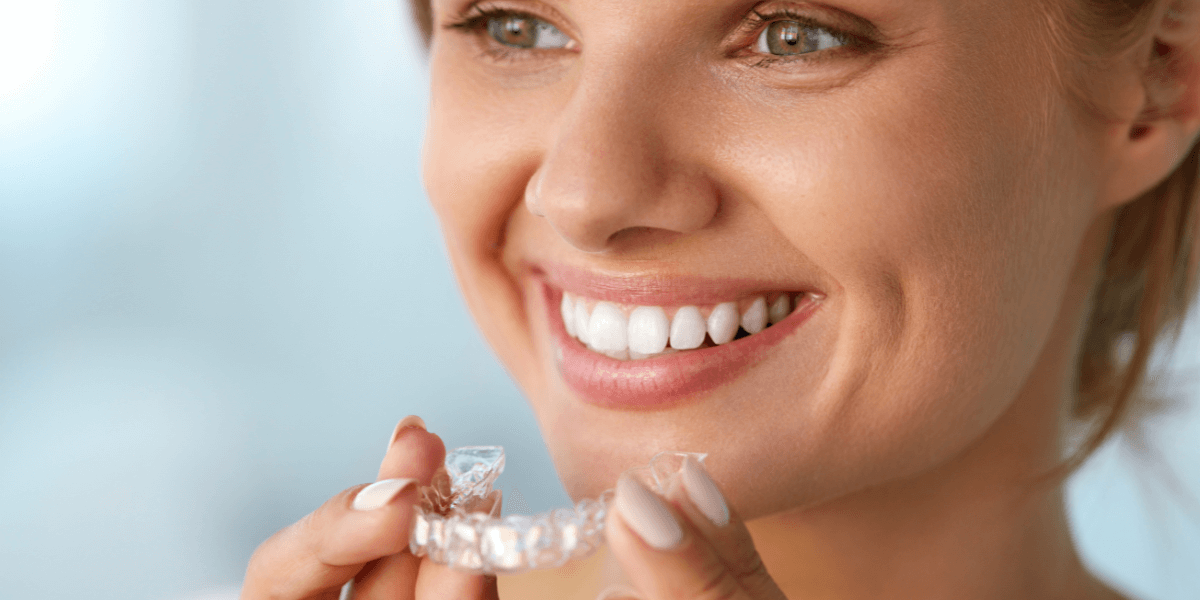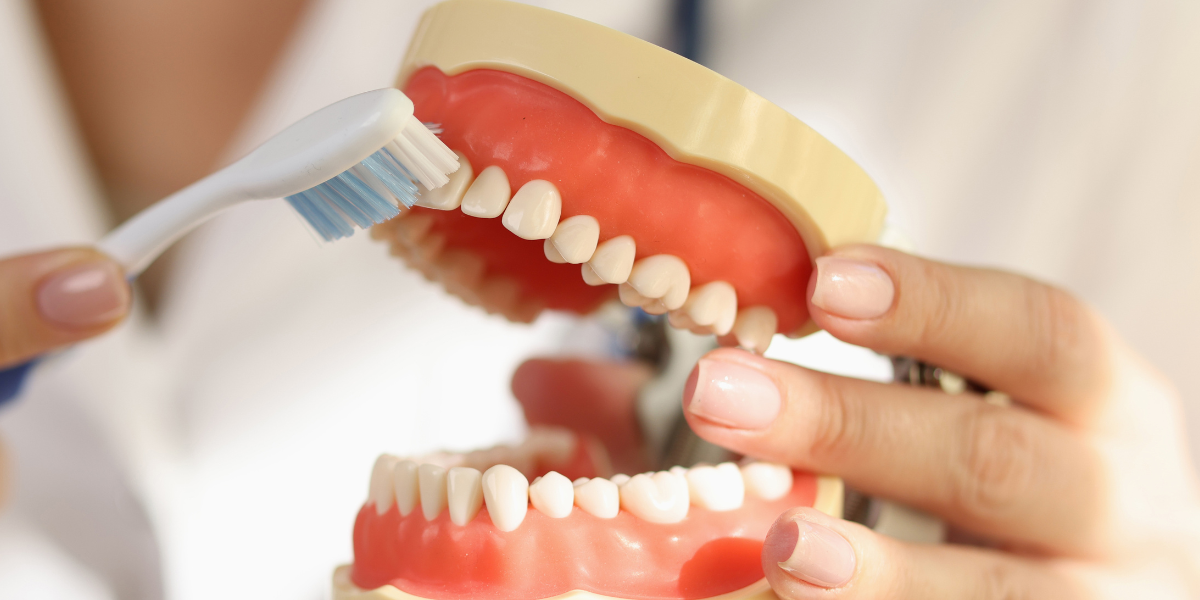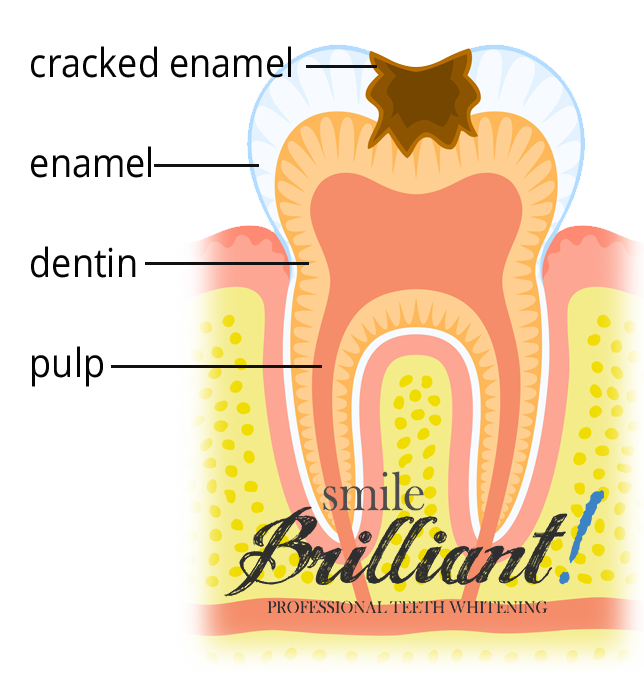
It’s no secret: toothaches are the leading reason we visit the dentist. Our teeth are fighting huge battles for us with every bite we take of sugars, acids and starches. But a little awareness goes a long way in helping the healing process before it’s even needed.
Why are my teeth sensitive?
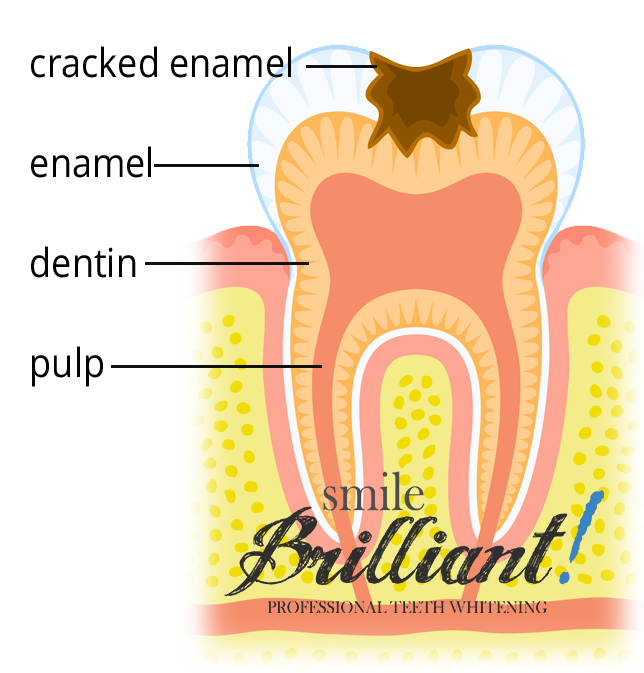 Even though there are at least a dozen causes of tooth sensitivity, there’s really only one thing going on: the inside of your tooth is getting exposed to the harshness of the outside world.
Even though there are at least a dozen causes of tooth sensitivity, there’s really only one thing going on: the inside of your tooth is getting exposed to the harshness of the outside world.
Our teeth are mostly made up of dentin, which itself is filled with little tubules rife with sensitive nerve endings. Normally, these tubules in the dentin are blocked off by enamel, a protective layer on the outside of every tooth. Dentin hypersensitivity kicks in when we grind away, decay or flat-out crack our enamel, exposing our teeth’s delicate insides.
More technically, there is a widely accepted theory of dentin hypersensitivity called the hydrodynamic theory, which claims that the constantly flowing fluid within our tubules is what really causes us to shriek. Cold temperatures cause the fluid to shrink, while heat expands it; excessive sweetness or sourness draws the liquid out, and air dries it; touching it (as a dentist might) injects more in. These liquid shifts activate what are called the mechanoreceptors in our tubules’ nerves-in other words, our standard liquid amounts get messed up, and as a result we feel pain all the same.
What causes tooth sensitivity?
Really the question ought to be, What doesn’t cause tooth sensitivity? The grim truth is that our teeth are mega-sensitive to pretty much everything-not brushing enough, brushing too hard, acidic foods, sweet foods, sour foods, dirty teeth, recently cleaned teeth, teeth-grinding, hard candies-which is why good dental care is so critically important. The consensus has been reached long ago: the cheapest, quickest, most painless treatment for tooth sensitivity is prevention.
Here are a few common causes of sensitivity:
| Whitening or bleaching. Don’t be alarmed when it hurts a few hours after treatment, usually in your smaller teeth, like the maxillary laterals or mandibular incisors. That’s just the peroxide (bleaching agent) finally reaching nerves in the pulp. It’s common and goes away after a few days. | |
| Receding gums. Unfortunately, this happens naturally with age; gums recede and expose the previously protected dentin. Periodontal disease (a.k.a. gum disease) is more specific per person, but will have the same effect. | |
| Brushing too hard. The worst way to scrape away your enamel is with harsh bristles that cause abrasion. Take it easy. | |
| Acidic foods and mouthwash. We’re talking oranges, limes, grapefruits. Citric acids burn down enamel as well, and acidic mouthwashes only further enrage sensitive teeth. | |
| Hard impact. This is habitually munching on hard candies and ice, or grinding your teeth. Cracks expose the nerve endings in tooth pulp, which sting when they touch things like food or other teeth chomping down; bacteria may also inflame them. | |
| Too much soda. The sugary byproducts will degrade enamel by softening it, leaving it vulnerable. Low-sugar pop helps, but the stuff is still very acidic. |
One last note on causes: always, always, always visit your dentist to understand what the cause is. Different causes may require different solutions. Speaking of which…
Okay, enough problems-give me solutions!
Most solutions may seem like common sense. After all, preventative measures like consistent quality brushing are the mecca of good dental health. You can expect your dentist to give advice along these lines:
| Use desensitizing toothpaste. This stuff, like Sensodyne, is sold over the counter. It works because the paste has chemicals specifically designed to fill the exposed tubules in the dentin. | |
| Try sodium fluoride gel, also known as desensitizing gel. This is a preventative treatment used to strengthen teeth and up their resistance to acidic foods and bacteria. Sodium floride/desensitizing gel can be purchased here at smilebrilliant.com | |
| Brush softer, and twice a day at least. Buy a new, soft-bristled toothbrush and don’t be skimpy when it comes to replacement: after four months, that thing is ready for retirement. | |
| Clean your teeth after eating. This will remove bacteria that might otherwise settle in and corrode your enamel. Cleaning your teeth might mean gentle brushing, flossing or simply swishing water around for a few seconds. | |
| Avoid clamping. Ditch the hard candies and quit grinding your teeth. It’s a tricky habit to stop, especially because many people grind unconsciously when they’re asleep. A nightly mouth guard is a common defensive tool. | |
| Don’t chew tobacco. Not so common anymore, but some people still do this, not realizing that it will drastically recede your gums and destroy your enamel. |
Strong teeth are healthy teeth
It cannot be overstressed: prevention is the most effective and pleasant way of saving your teeth.
There are common foods to boost your teeth’s resistance against decay: fish and green tea contain high levels of fluoride, though supplementing them with fluoride toothpaste is never a bad call. Also shoot for calcium, found in non-fat dairy, almonds, Brazil nuts, cheeses and sardines; red wine and cranberry juice; and phosphorus, which goes hand-in-hand with proteins like fish, eggs and meat.
If you have dietary restrictions, ask your dentist for the best course of action. There’s always a solution, and there’s no reason that anyone should feel rotten about their teeth.




